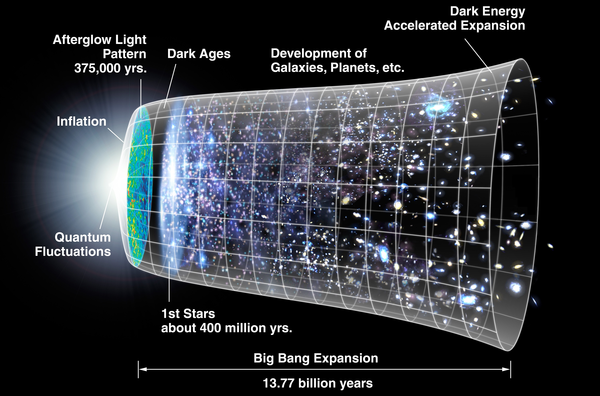After the Big Bang, matter has formed in many steps. These are calles epoches.

Their length grows typically exponentially. A more detailed description can you read here.
The Higgs field always existed, but its value were different. In the very early times, around between $10^{-43}$ and $10^{-36}$ seconds (see Grand unification epoch), its value could change, just like like electromagnetic field can change. Since then, its value is its current one.
The temperature of the Universe was higher than $10^{27}$ K at the time.
For atomic hydrogen, we need
- protons
- electrons
- enough low mean energy for their bound state to be formed, it is around 3000K.
It happened much-much later, around 300000 year after the Big Bang. Before that, atomic hydrogen couldn't exist, it was too warm for that.
A remark: the visible hydrogen of the stars is still not atomic hydrogen, because the stars are still too hot for it to exist. It is in plasma state, a mixture of protons of electrons, without atomic hydrogen.
